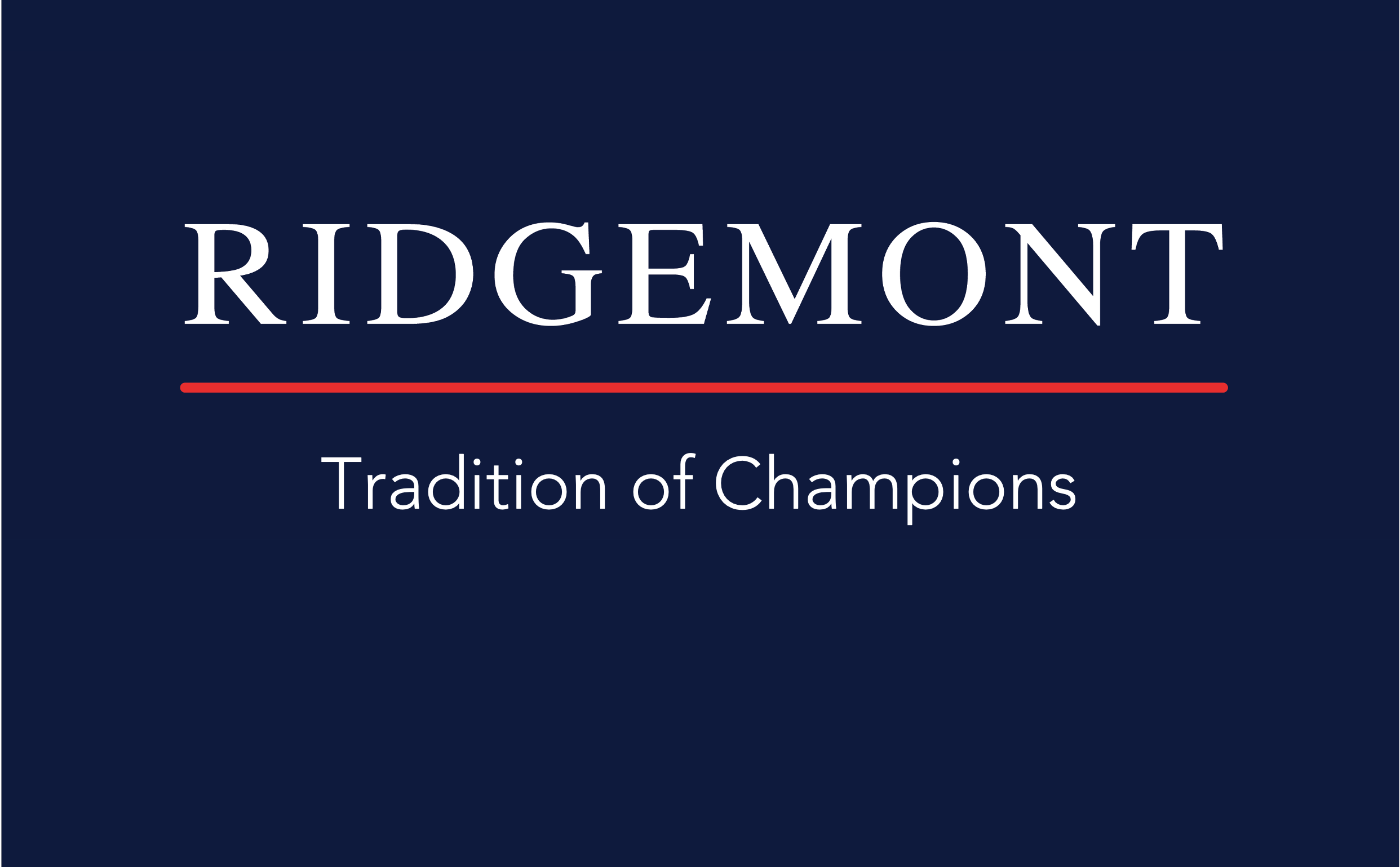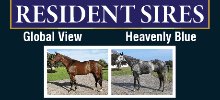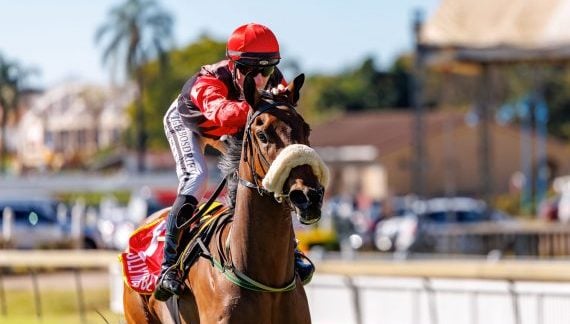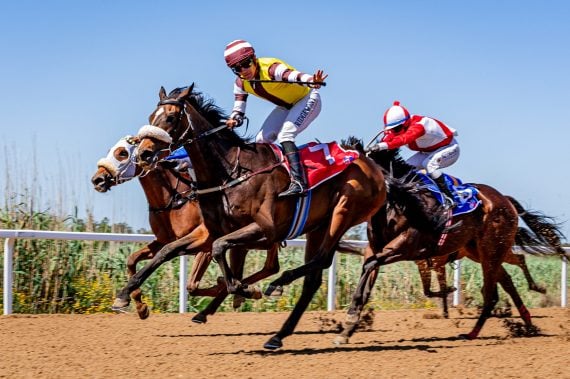South African horseracing industry boasts a proud and colourful history stretching back to the 1880s.
But, as with many long-standing traditions, pieces of that past have slowly slipped through the cracks.
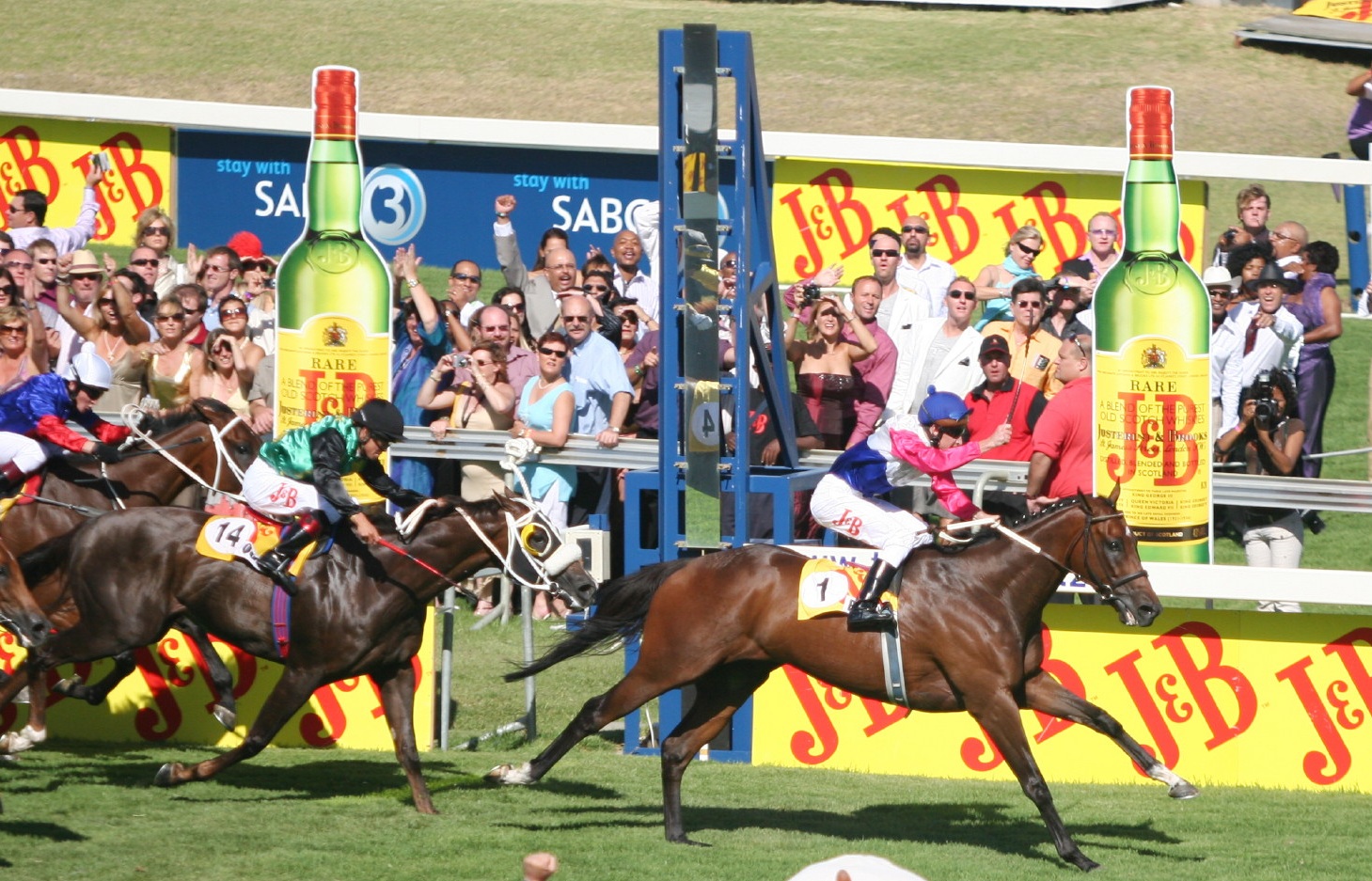
Unforgettable – The 2008 Met winner Pocket Power under jockey Bernard Fayd’herbe (Pic – Supplied)
Without proper preservation, we risk losing much of what’s left of it, to the natural passage of time.
As a new generation of racing fans emerges, memories fade, stories are forgotten, and valuable records are left to gather dust.
In the earliest years, it’s understandable — record-keeping was informal, and there were few, if any, custodians to protect the details. But even through the 1900s and into the modern era, efforts to document and preserve the sport’s milestones have been patchy at best.
There’ve been some good attempts, no doubt, but a lack of funding, changes in management, staff turnover, and perhaps a bit of apathy, have left us with a fragmented archive. Photos, records, and stories are sitting in scattered boxes, forgotten folders, and old servers that don’t talk to each other.
Compared to some other racing nations, South Africa is still catching up when it comes to properly recording and celebrating its rich history.
And that’s not even touching on the National Horseracing Authority’s stud book, an area that’s come under criticism, and where the situation remains unclear at best.

John Freeman, Peter Kannemeyer and Lester Piggott (Pic – 4Racing)
Veteran trainer Paul Lafferty recently suggested a proper South African Racing Hall of Fame. The idea has been met with quiet enthusiasm. It wouldn’t just be about honouring legends of the sport.
If supported by the right sponsor and backed by a single, centralised historical database, it could finally pull all those scattered pieces into one accessible, well-managed home.
Lafferty said: “It’s sad to think how many of our legendary racing personalities — and horses, for that matter — have gone unrecognised. Just think back to names like Syd Garrett, Tiger Wright, Johnny McCreedy, even Terrance Millard.”
In the United States, they established their National Museum of Racing and Hall of Fame back in 1950. It honours the achievements of horses, jockeys, and trainers, and includes a museum with a vast collection of art and memorabilia dating back two centuries.
Australia followed with its Racing Hall of Fame in 2001, and the UK established its own version in 2021. Australia has a magnificent racing museum in the heart of Melbourne, while the UK’s is based at Newmarket. Their Halls of Fame are virtual, represented by official websites and recognised through annual inductions and awards.
“We should just start, get the project off the ground and establish a South African Hall Of Fame website, like they have in Australia and the UK. The rest will follow. It’s our duty to preserve racing’s history and honour the many who built it,”
Lafferty added. “In my view, we should start as far back as possible and work our way forward. And I believe it’s equally important to recognise the administrators and the many men and women who gave most of their lives in service to this industry.”

Memorabilia at the TBA Museum (Pic – Supplied)
A proposed National Racing Hall of Fame would operate far more effectively if the many fragmented pieces of our racing history could be drawn together into one cohesive whole.
Centralising these resources isn’t just a matter of convenience, it’s the key to creating a lasting tribute that honours the past.
While a number of racing-related websites have come and gone, several valuable sources of news and historical racing information remain online, including The Sporting Post, sa-horseracing.com, and more recently, Turf Talk. Form-based databases like Formgrids and Racebook have also played an important role in capturing racing history in real time. On the pedigree and breeding side, Raceform has provided excellent coverage of stallions, while Jehan Malherbe and Charles Faull of the Form Organisation created aro.co.za in the late 1980s —the most comprehensive database of historical South African racing and breeding information.
This remarkable resource remains online and was followed in 2013 by the privately-supported Thoroughpedia project, also spearheaded by Malherbe and Faull.
Thoroughpedia was conceived as a central reference hub, built to channel decades of historical material assembled by Malherbe and Faull, including Faull’s exceptional archive of race photographs.
The project has developed in fits and starts over the years, but according to Malherbe: “The nuts and bolts of Thoroughpedia were laid many years ago, and the back end is well developed with historic information at hand. It is ready to launch.”
Negotiations are currently underway with 4Racing, who recently relocated Form’s vast physical archive from Cape Town to Discover Digital Studios in Kyalami, Johannesburg, the home to 4Racing’s broadcast operations.
The process of sifting through and arranging this trove of material in its new home has already begun.
The archive is now being carefully stacked and shelved in a dedicated area, laying the physical foundation for what could become one of the central physical archives of South African racing history.



